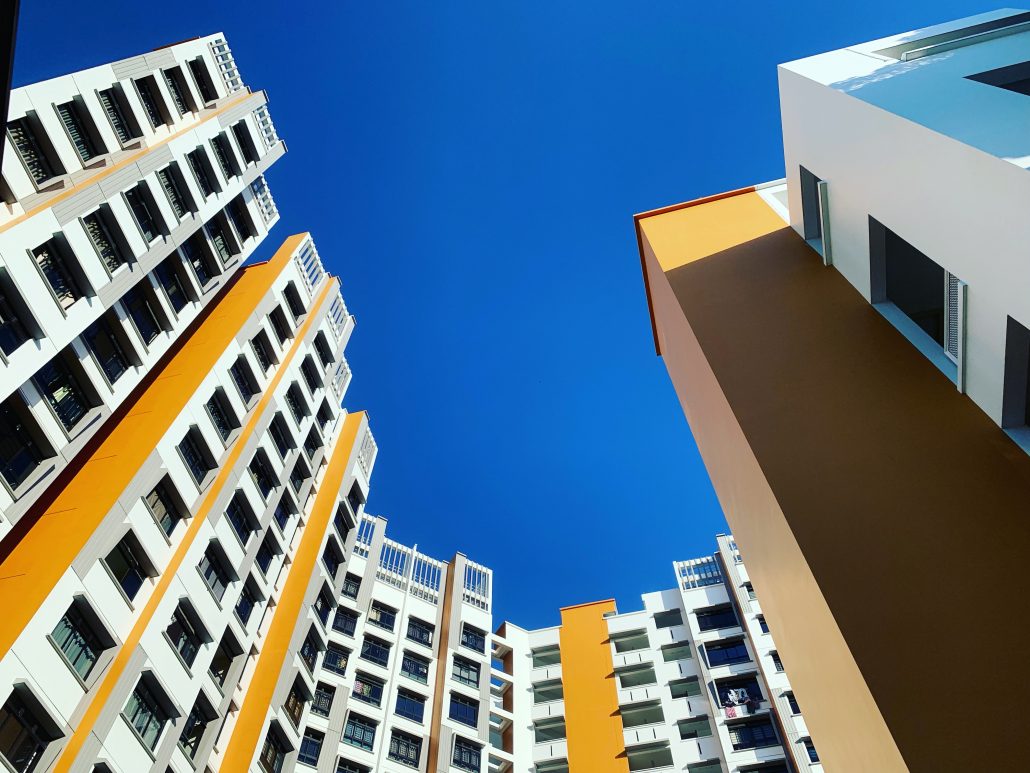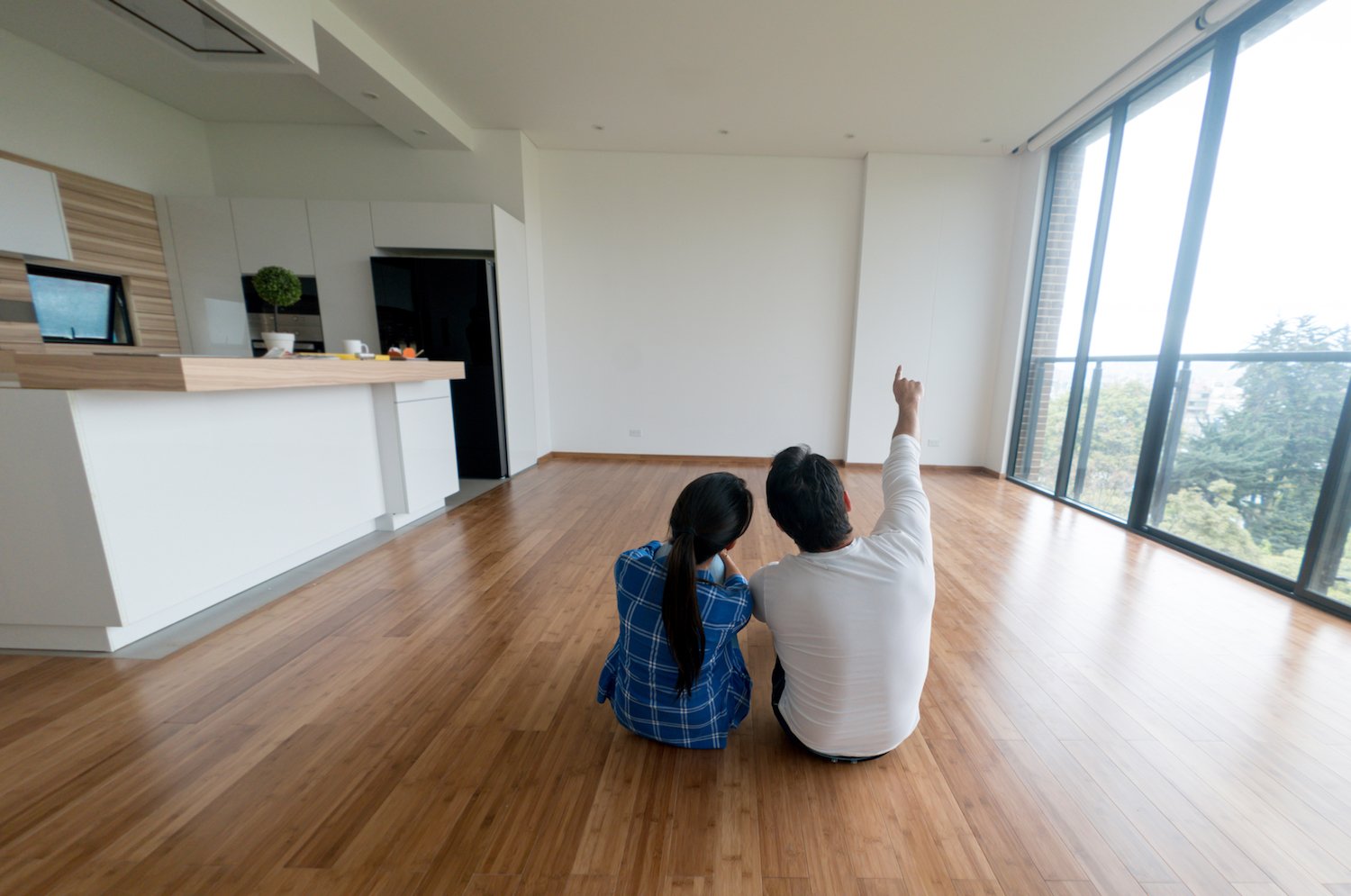Yes, yes, we know HDB flats should be homes first and retirement funds second, etc. But let’s be honest: everyone wants to know what the big pay-off could be, besides shelter from the elements. Here’s a look at the numbers:
Which flat type appreciates better?
To find some answers, we looked at price movements of 3-room, 4-room, and 5-room HDB flats over a period of 15 years. Starting from Singapore in general, here’s what we found:

3-room HDB flats have appreciated by around 69 per cent. The average price of a resale 3-room flat today stands at around $299,000, up from an average of $176,800 back in 2004.
4-room flats have appreciated by around 78 per cent. The average price of a resale 4-room flat is now around $425,275, up from around $238,300 in 2004.
5-room flats lag just slightly behind 3-room flats, appreciating by around 68.57 per cent. The typical price today is around $526,850, up from around $312,500 on 2004.
As such, we can see that 4-room flats show the highest appreciation, while 3-room and 5-room flats lag behind at roughly the same pace.
Downtown core HDB flats
There aren’t many HDB flats in the downtown core, and no data on anything besides 3-room and 4-room flats. But we can see some of the numbers:

3-room flats here shot up 82.8 per cent between 2004 to 2011, after which there’s no further data. For 5-room flats, prices rose at the same pace – about 82.78 per cent. The average 5-room flat price in the downtown core is around $650,300, up from a mere $355,800 back in 2004.
(3-room flats in the area stood at around $434,000 in 2011, up from around $237,540 back in 2004).
North region HDB flats
For the north region, we looked at resale HDB prices in District 25 (includes Admiralty and Woodlands)

3-room flats in the north appreciated around 59.5 per cent. Prices here stand at around $256,800, up from $151,435 back in 2004.
4-room flats rose 43.25 per cent. Current prices are around $326,780, up from around $228,100 in 2004.
5-room flats rose around 41.4 per cent. Prices are at around $403,836, up from around $273,700 in 2004.
North-east region HDB flats
For the north-east region, Seletar is actually the proposed regional centre. We use District 19 (Hougang, Punggol, Sengkang) HDB flats as a reference point, due the large population in the district.

3-room flats in the north-east appreciated 84.6 per cent, standing at around $312,725. This is up from around $169,400 in 2004.
4-room flats rose 80 per cent, at around $422,600 at present. That’s up from $227,000 in 2004.
5-room flat prices noticeably lagged in this region, rising just around 65.2 per cent. They’re at around $502,540, up from around $304,228.
East side HDB flats
For the east, we use District 18 (Pasir Ris, Tampines) HDB flats as the reference point.

3-room flats in the east appreciated 66.3 per cent, standing at about $332,570. This is up from around $182,300 in 2004.
4-room flats here appreciated 67.2 per cent. The average price now is around $423,000, up from around $243,370.
5-room climbed about 62.5 per cent, to about $510,441. That’s up from around $314,000.
West side HDB flats
For the west side of Singapore, we use District 22 (Jurong, Tuas, Boon Lay) HDB flats as our reference point.

3-room flats in the west have appreciated around 56 per cent since 2004. Current prices are at around $258,000, up from $165,320 a decade and a half ago.
4-room flat prices rose about 60 per cent, standing at around $367,580. This is up from around $228,800, 15 years ago.
5-room flat prices rose about 56.5 per cent, and are at around $448,370 today. This is up from around $278,600 in 2004.
Note that appreciation across all three flat types were quite uniform in the east and west. So if you’re buying an HDB flat in these two regions, note that your property appreciation is broadly similar regardless of flat size.
If you’re viewing your first flat as an investment, it may make sense to buy smaller
Many Singaporeans aspire toward a 5-room as their first property purchase. This is often driven by the impression that 5-room flats have the best resale prospects. This could be thanks to news reports of million-dollar flats, which tend to be the larger ones.
But Pinnacle@Duxton, or DBSS flats, or rare maisonettes should not be considered in the same category as the typical 5-room (in fact, some investors refuse to even think of these as “real” HDB flats, due to deep fundamental differences).

We can also see, from the numbers, that smaller flats tend to appreciate better. In terms of gain, 3-room and 4-room flats mostly beat their 5-room counterparts across the island (although the gains between 3-room and 4-room are pretty narrow overall).
This suggests that, if your first flat is meant to be just a stepping stone, you might want to consider a smaller unit. Apart from a shot at better gains, you also face a lower initial cash outlay. The same can hold true for those who plan to downgrade when they retire (although of course, space a bigger consideration for these longer term buyers).
8 months ago · 5 min read · Source: 99.co (18 Dec 2019)













